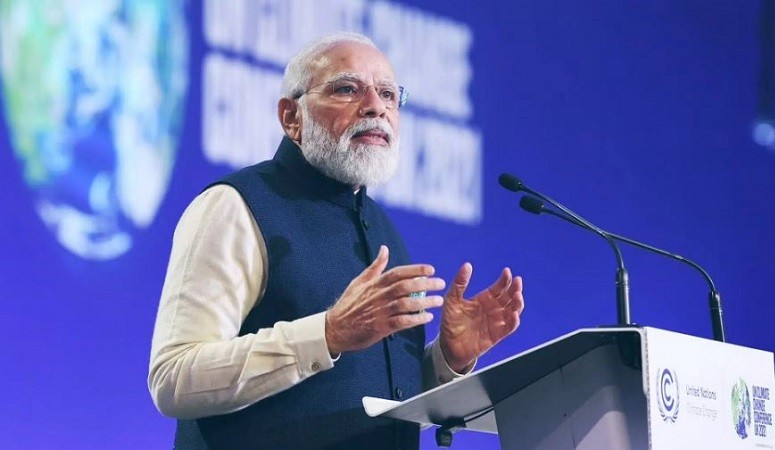
NEW DELHI: Prime Minister Narendra Modi declared India would reach the net zero emission objective by 2070 at the UN Climate Summit COP 26 in Glasgow on November 1, 2021. This was a pretty ambitious goal that, in the opinion of experts, wouldn't require any further greenhouse gas emissions into the environment.
With a year having passed since that statement and 2023 is about to begin, the challenge is formidable since India, after China and the US, is the third-largest emitter of greenhouse gases. According to environmental watchers, achieving this goal will require genuine action on the ground.
To accomplish this goal, they said, numerous short-term goals, as well as strong sectoral targets, must be established.
Also, comparisons with the US and China should reveal that both nations aspire to reach their carbon neutrality goals significantly sooner than India.
The US and the European Union (EU) want to achieve it by 2050, whereas China has stated that it plans to do it by 2060. Before going on to accomplishing the greater target, a comprehensive plan is needed to first meet this goal, which will require India to reduce its excessive reliance on coal.
experts say, India would also need to think about raising the necessary cash to complete the task and possessing the necessary technology to fulfil the target in the long term.
According to a study, $10 trillion in investments starting this year alone would be required to reach the net zero goal. Also, if 2050 is chosen as the deadline, the sum may reach $13.5 trillion. The move to renewable energy, as was already said, is still difficult.
As per the report released on Friday, the High-Level Policy Commission on Getting Asia to Net Zero, India would reap enormous economic benefits from speeding up its transition to climate neutrality by 2070, including an increase of up to 4.7% in annual GDP by 2036 and the creation of about 15 million new jobs by 2047. According to the analysis published on Friday, the advantages are much bigger if India achieves net zero carbon emissions by 2050.
Achieving the zero emission target by 2070 could boost the country's economy by about 4.7 percent above the projected baseline growth in GDP terms by 2036, which would be worth $371 billion and generate about 15 million new jobs by 2047, according to a report titled "Getting India to Net Zero" released in August this year by the High-Level Policy Commission On Getting Asia to Net Zero.
Mann Ki Baat: “Be a little cautious…”, PM Modi’s advice to fight Covid
PM Narendra Modi’s last Mann Ki Baat of 2022, Key points of the program
Watch, Prime Minister Narendra Modi pay Tribute to Atal Bihari Vajpayee